Whether you’re rolling dice at a table or just dreaming up fantasy worlds from your desk, there’s something undeniably magical about Dungeons & Dragons (D&D). While I’ve never played a whole campaign myself, I’ve been fascinated with how D&D has helped artists and writers alike tap into their creativity. From games like Baldur’s Gate 3 to watching friends design characters, all the way to watching the YouTube channel Critical Role as they play through a campaign, I’ve seen firsthand how this iconic tabletop RPG can be a springboard for storytelling.
Let’s break down how D&D can help you grow creatively, whether you’re writing novels, drawing characters, or building a whole new world from scratch.
- Character Creation Builds Depth
- Collaborative Storytelling Inspires Flexibility
- Worldbuilding with Purpose
- Visual Inspiration
- Final Thoughts
Character Creation Builds Depth
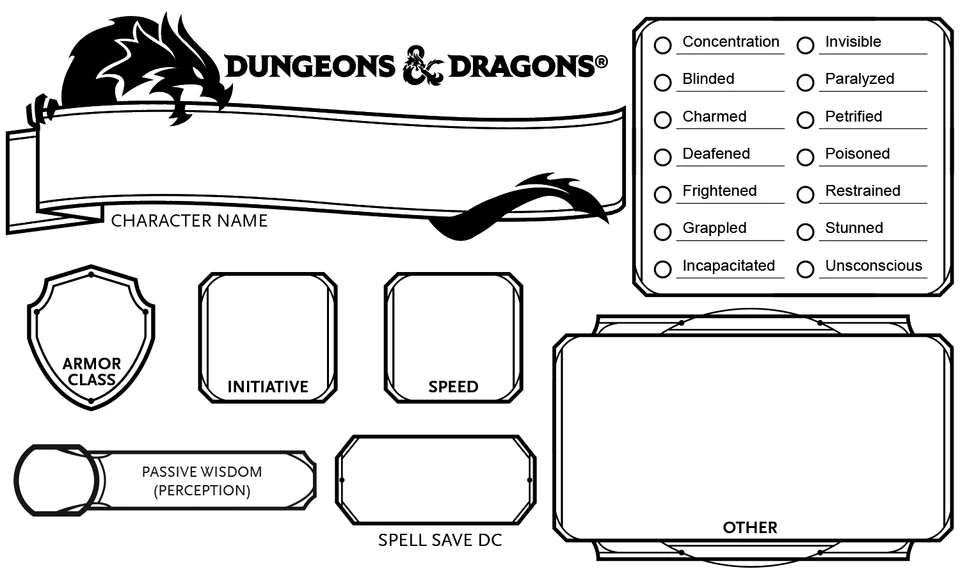
In D&D, creating a character means more than just picking a class or race. You’re asked to define strengths, flaws, motivations, fears, and goals. You give them a background, relationships, ideals, and maybe even a tragic past. Sound familiar? That’s precisely what good writers do.
You also assign attributes like strength, intelligence, charisma, and more. This forces you to think about how your character might react in various situations. Are they bold but reckless? Smart but cowardly? D&D encourages you to create characters that feel real, flawed, but also interesting.
Even as someone who hasn’t played a whole tabletop campaign, I’ve dabbled in real-life sessions that never quite took off. Still, I’ve poured hours into Baldur’s Gate 3, which has become one of my favorite experiences tied to the D&D universe. While it’s more structured than the open-ended freedom of a true tabletop session, the game still leaves plenty of room for creativity, and there’s a ton to learn from it.
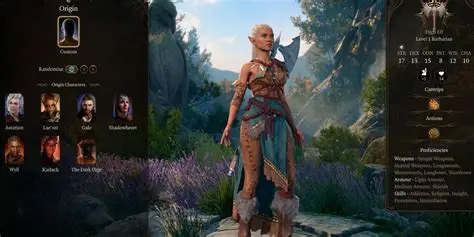
My favorite character was the one I built during a four-player co-op run with friends. I made a chaotic barbarian with a personal headcanon: she hoarded random junk. She even stuffed defeated enemies in her backpack to use as throwable weapons later. So, imagine the hilarity of pulling out a goblin mid-battle and chucking it at a boss. It’s moments like that where character design meets storytelling and sheer entertainment.
And if you dive into the modding community for Baldur’s Gate 3, the creative options expand even more. Whether you want new races, wild weapons, or story tweaks, the game becomes a canvas for character experimentation.
Despite her strength, my barbarian wasn’t exactly the brightest. I intentionally gave her low intelligence and charisma stats, which added a lot of personality to her journey. One of the most ridiculous and hilarious outcomes of this was when she trusted a sketchy bard to remove a brain parasite by stabbing an ice pick into her eye. Naturally, the procedure didn’t go well, and she ended up losing the eye. But in true D&D spirit, the situation took a creative twist. The bard gave her a fake eye that turned out to be magically enhanced, actually improving some of her stats.
It’s these kinds of unpredictable, character-driven moments that make role-playing and character creation in general so rich for storytelling. You’re not just building powerhouses. You’re building people, with both good traits and flaws, and their decisions, even really bad ones.
What really stood out to me about this character was how much it reminded me that creative writing and character design don’t need to follow a traditional mold. Coming up with her hoarder personality and bizarre combat style forced me to think beyond hair color, weapons, or backstory tropes. It made me ask questions like, “Why would she keep trophies? What emotional payoff does that give her?” Suddenly, she felt real. That kind of creative freedom and exploration is exactly what makes characters memorable.
As a writer or artist, moments like this are gold. They help you break out of shallow, surface-level design and think deeper about personality traits, habits, and quirks. Whether you’re writing a novel or sketching an original character, letting your imagination run wild with a weird D&D build can help you develop something truly unique outside the game.
It’s also a bonus to make your group of friends die laughing while you unknowingly hop right into the arms of a shifty bard and get your eye plucked out.
Collaborative Storytelling Inspires Flexibility
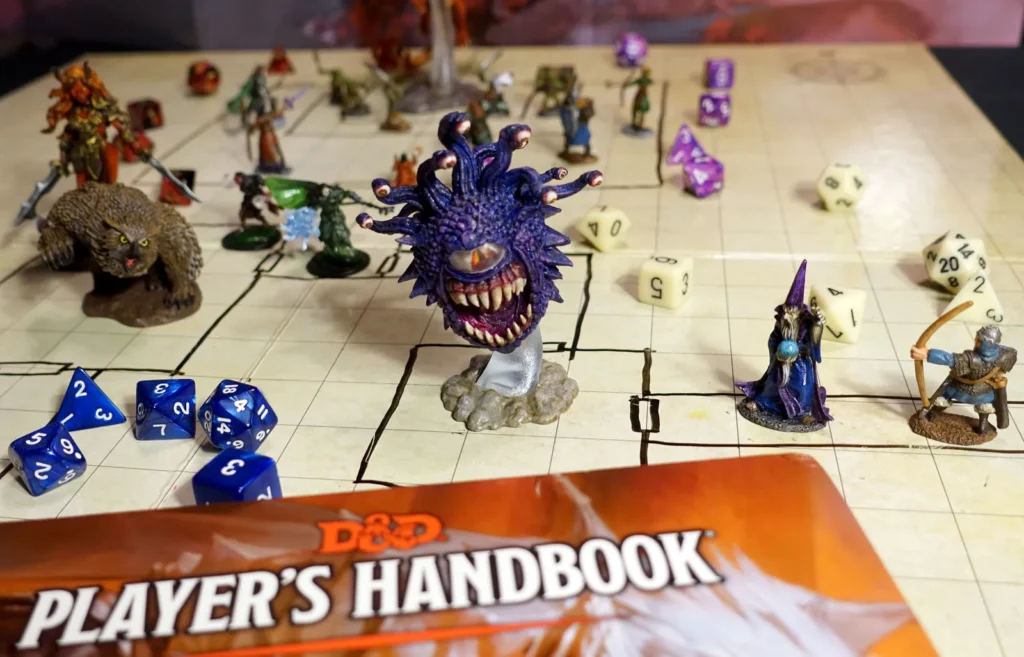
If you’re a writer or artist, chances are you’re used to working solo. But in D&D, stories are built together. You don’t control the entire plot. Instead, you react to twists, improvise dialogue, and evolve your character as the game progresses.
This teaches you to be open-minded. It’s like live practice for letting go of rigid outlines and embracing the organic growth of a story. For writers, this means learning to let your characters lead the scene. For artists, it means sketching what feels right rather than what you initially pictured.
I’ve watched friends completely derail a campaign in the best way possible, simply by making a joke that led to a new story thread or improvising a scene that ultimately changed the entire goal. That kind of spontaneous collaboration is something writers can really benefit from. It reminds you that not everything needs to go as planned for a story to be great.
Watching those unexpected turns reminded me that not every story I write needs to be perfectly planned. Sometimes the best scenes come from surprises, even ones I didn’t see coming when outlining.
Worldbuilding with Purpose
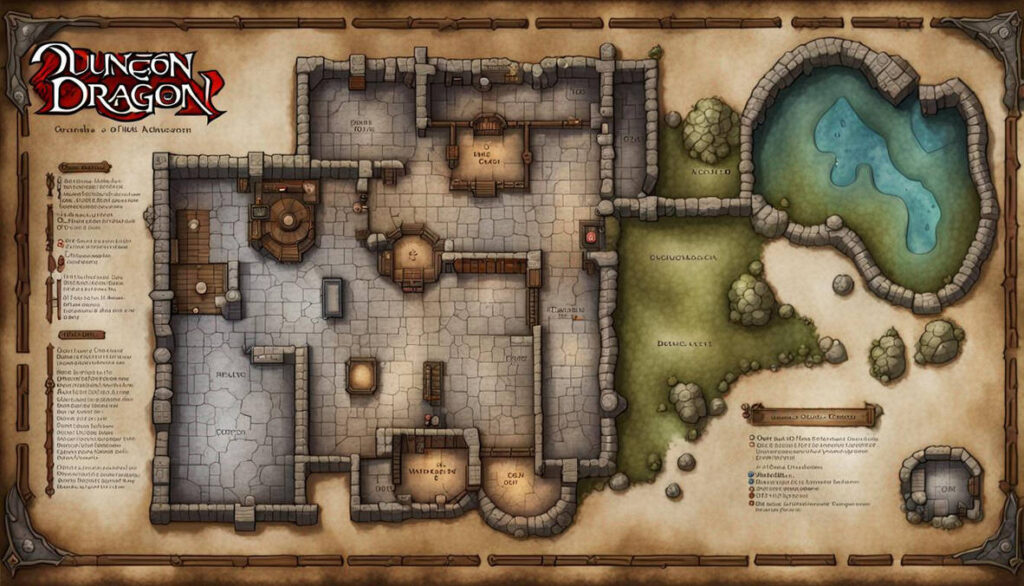
D&D worlds aren’t just pretty settings. They’re functional. Every monster, kingdom, and magical object has a role. And as a Dungeon Master or even just a player, you learn to ask important questions: Why does this town exist? Who controls the magic? What are the consequences of using it?
This is a huge help for anyone writing fantasy. It forces you to think about systems, societies, and consequences. It’s one thing to say there’s a portal to another realm. It’s another to ask who built it, and why haven’t they closed it?
I’ve used this exact thinking in my own worldbuilding. Even though my novel takes place in an entirely original realm, I often ask myself D&D-style questions, such as, Who runs this village, and How do they survive here? That slight shift can make your world feel layered and alive.
Even when I’m designing locations or cityscapes in my art, I ask myself similar questions. What kind of people live here? What do they wear? Do their buildings reflect their culture? It keeps the designs grounded in logic, even in the realm of fantasy.
Visual Inspiration
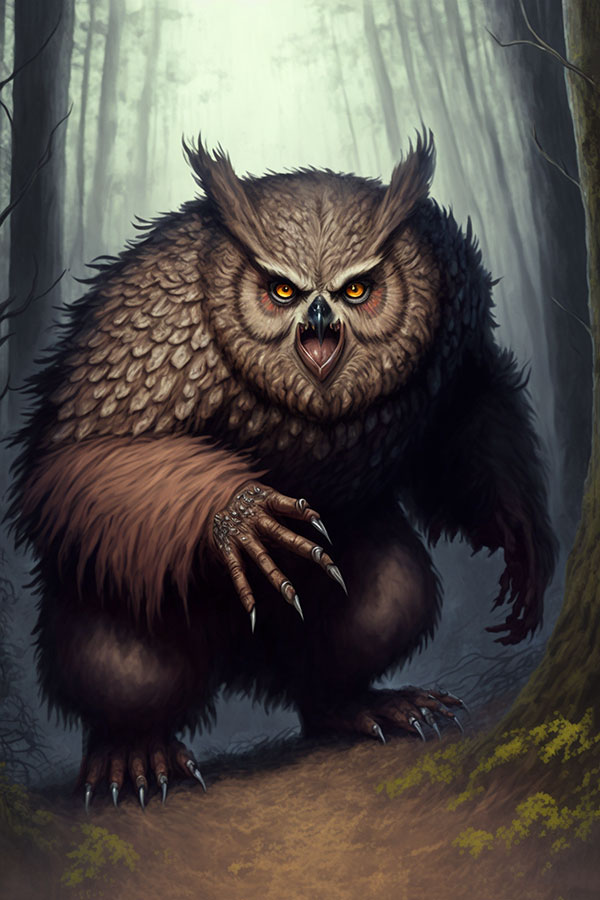
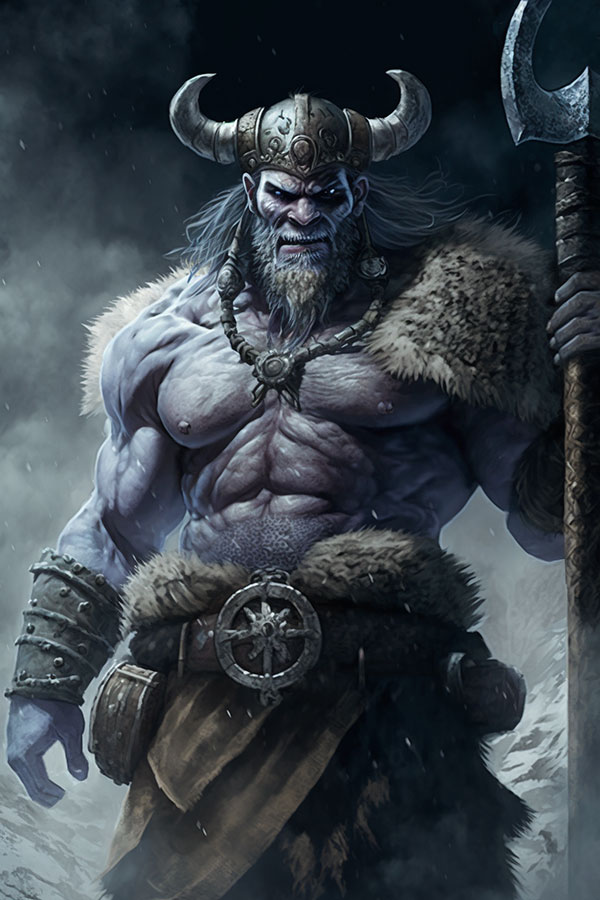
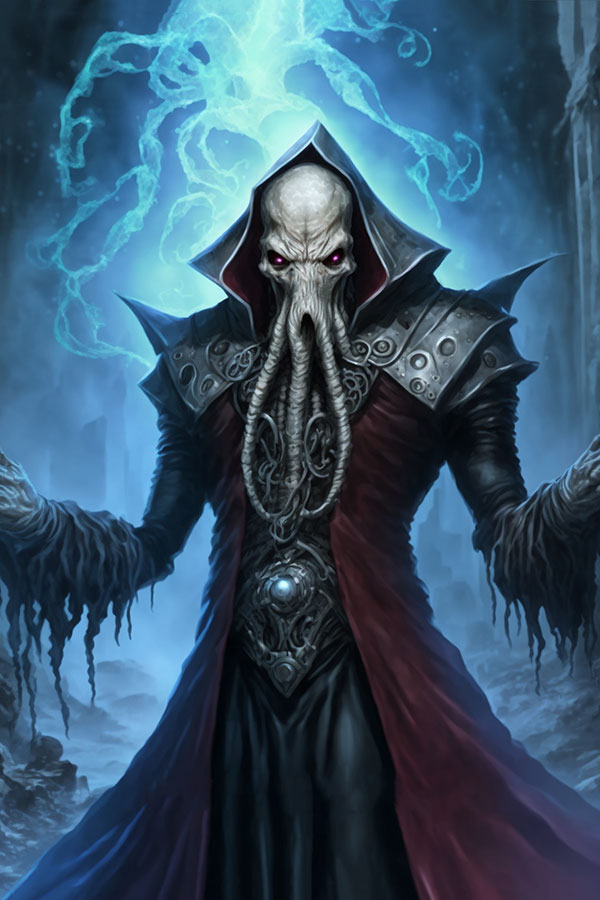
The more time you spend in fantasy worlds, the more reference material your brain stores. Whether it’s a dwarf city in a cave, a cursed sword covered in vines, or a druid made of moss and feathers, D&D art and descriptions are goldmines for visual artists.
Even creating your own character sheets can help you improve your design instincts. What color is their armor? Do they have scars? What posture do they fight in? It’s like concept art with a purpose.
I often sketch out character ideas, even if they never make it into a final piece or chapter. D&D gave me a reason to start doing that more consistently. When you draw based on stats, personality traits, and quirks, it brings characters to life in a way that random sketches don’t. And it gives your artwork stronger storytelling legs.
It’s not just characters, either. Designing monsters or magical creatures based on D&D descriptions helps build my artistic range. Whether it’s reimagining a gelatinous cube or creating a new species from scratch, it keeps me creatively challenged and improves my overall design skills.
Final Thoughts
Dungeons & Dragons isn’t just a game. It’s a creative tool, a playground for the imagination. Whether you’re writing your first short story, drawing your hundredth character, or planning a novel like I am, it has something to teach you.
I’m currently working on a fantasy novel of my own, so these habits bleed directly into my worldbuilding and character development.
Whether you’re like me, going a basic human route, throwing goblins at enemies with max strength, or you go another more complex route where you use your charisma to get out of a sticky situation, it all comes down to how you build your characters.
So next time you’re stuck creatively, maybe give a D&D character sheet a shot. You never know what stories might come out of it.

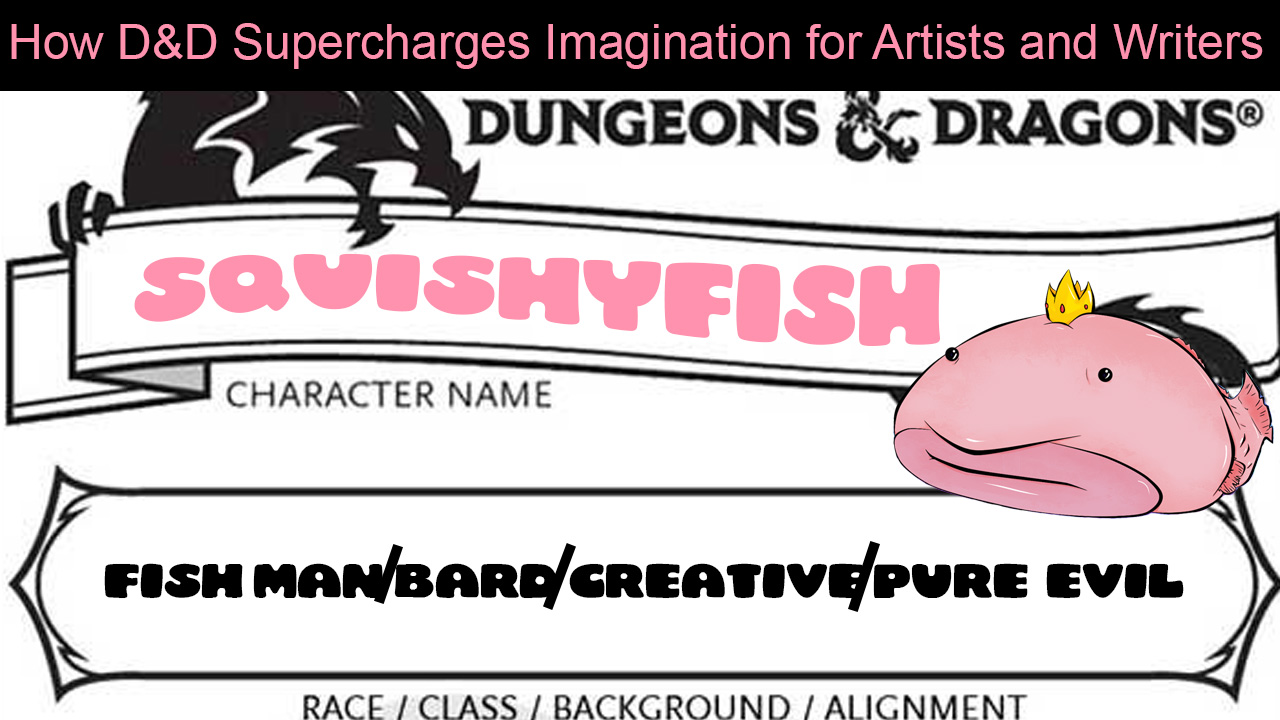
Leave a Reply